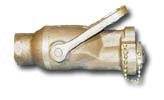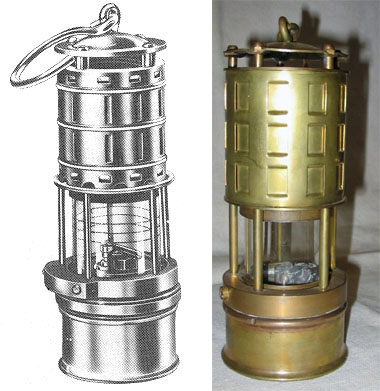| Fleet oiler USNS Yukon (T-AO 202) rejoins the Navy
operational fleet this week following repairs resulting from a
collision with amphibious transport ship USS Denver (LPD 9) off
Hawaii last July. "It's good to be back," said Captain Mark
Wilson, civilian captain of the Military Sealift Command
underway replenishment ship, "mariners belong at sea, not in a
shipyard."
Yukon was in the mid-Pacific refueling the Bonhomme Richard
amphibious strike group, of which Denver was a member. The group
had completed a western Pacific and Persian Gulf deployment and
was en route to Pearl Harbor and San Diego when the collision
with Denver occurred. No one was injured, and no oil was
spilled, but both ships received significant damage.
Yukon was preparing for USS Denver to come alongside for an
underway replenishment of Denver's fuel tanks when the collision
occurred on July 13. The investigation into the accident found
USS Denver responsible. Yukon underwent structural repairs at
Pearl Harbor and transited to San Francisco for further repairs
at the same time as her scheduled routine overhaul.
Underway replenishment, or unrepping, can be dicey. Two ships
travel side by side, about 140-180 feet apart, at a speed of
about 13 knots or 20 miles an hour.
"In the best of sea conditions it requires a great deal of
coordination between all the personnel controlling the ships and
transferring the fuel. It's a very dynamic and potentially
dangerous evolution, but when all goes well it's a very
satisfying and professionally rewarding experience," says
Captain Wilson.
Captain Wilson is a 1980 graduate of the U.S. Merchant Marine
Academy. He has more than 20 years of experience with Military
Sealift Command, and more than ten years as a master, the term
for civilian ship captain.
Yukon departed San Diego last week en route for duty in the
mid-Pacific operating from the Naval Station at Pearl Harbor.
The ship will provide refueling services to the Navy fleet
operating in the mid-Pacific Ocean area.
Yukon is one of 13 Navy fleet oilers operated by the Navy's
Military Sealift Command. Yukon has a civilian mariner crew of
66 and a military department of 23.
Military Sealift Command is the ocean transportation provider
for the Department of Defense. The command, part of the U.S.
Navy, operates more than 110 active ships around the world. Ship
missions vary from the transport and afloat prepositioning of
defense cargo; to underway replenishment and other direct
support to Navy ships at sea; to at-sea data collection for the
U.S. military and other U.S. government agencies. |







